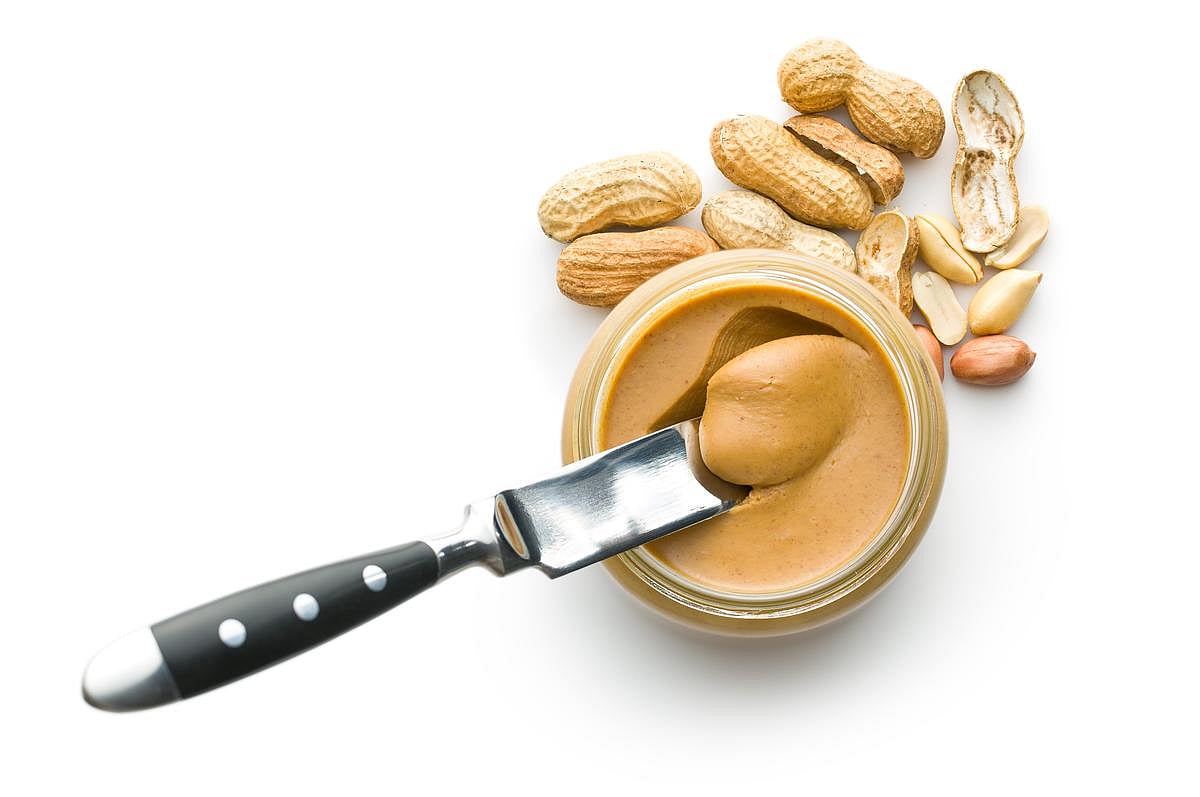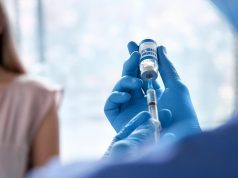Significantly higher rates seen for desensitization, with durable response for home-measured peanut butter ingestion versus avoidance
By Elana Gotkine HealthDay Reporter
THURSDAY, Feb. 13, 2025 (HealthDay News) — For children with high-threshold peanut allergy, peanut oral immunotherapy (P-OIT) using home-measured peanut butter ingestion yields higher and sustained rates of peanut tolerance, according to a study published online Feb. 10 in NEJM Evidence.
Scott H. Sicherer, M.D., from the Icahn School of Medicine at Mount Sinai in New York City, and colleagues randomly assigned participants aged 4 to 14 years reacting to a challenge of 443 to 5,043 mg of peanut protein to P-OIT using home-measured peanut butter or peanut avoidance (38 and 35 participants, respectively). The primary end point was the difference in the proportion of participants tolerating a two-dose-level increase or 9,043 mg of peanut protein. For ingestion participants tolerating 9,043 mg, sustained unresponsiveness (tolerance off treatment) was tested after 16 weeks of ingestion followed by eight weeks of abstinence.
The researchers found 100 and 21.0 percent success for ingestion versus avoidance, respectively, in the primary analysis. All 32 treated and three of 30 avoiders tolerated 9,043 mg; sustained unresponsiveness occurred in 68.4 versus 8.6 percent of P-OIT and avoidance participants tolerating 9,043 mg in the intention-to-treat analysis. There were no dosing reactions greater than grade 1 severity and no reports of serious adverse events.
“In children 4 to 14 years of age who were allergic to peanut but could tolerate more than 143 mg of protein at baseline, that high-dose, store-bought, home-measured P-OIT was effective in raising their threshold to serving size amounts of peanut with a durable response off treatment for the majority,” the authors write.
Copyright © 2025 HealthDay. All rights reserved.








